Understanding Banian Yarn Waste
Banian yarn waste, a byproduct of the textile industry, is an amalgamation of fibers left over from the production of yarn. This material is often sourced from the remnants of cotton and polyester blends, known for their utility in various applications. The composition of banian yarn waste typically includes offcuts and surplus threads that are no longer viable for traditional textile manufacturing.
Types and Applications
The versatility of banian yarn waste allows for its use in a multitude of settings. Available in various forms, such as small clippings or larger pieces, this waste is adaptable to different industrial needs. It serves as a raw material for creating recycled yarns, industrial cleaning cloths, and even as a stuffing material in upholstery. The diversity in colors, including light, dark, and mixed, facilitates its reuse in numerous creative projects.
Features and Materials
Banian yarn waste is characterized by its blend of materials, predominantly cotton and polyester. The blend ratios influence the texture and durability of the waste, making it suitable for specific uses. While the cotton component ensures softness and breathability, the addition of polyester enhances strength and longevity. This combination results in a product that is both practical and sustainable.
Advantages of Banian Yarn Waste
One of the primary advantages of banian yarn waste is its contribution to sustainability. By repurposing textile remnants, businesses can partake in eco-friendly practices, reducing the environmental impact of fabric production. Additionally, the cost-effectiveness of this material makes it an attractive option for bulk purchasers on Alibaba.com, who can acquire substantial quantities to meet their operational needs without compromising on quality.
Selection and Quality
Alibaba.com's network of suppliers offers a broad selection of banian yarn waste to cater to various industrial requirements. The available options include monofilament and multifilament threads, with the possibility of acquiring them as loose threads or on spools. This diversity ensures that buyers can find the appropriate type of waste for their specific projects, whether they require single, double, or triple-threaded materials.
Conclusion
Banian yarn waste stands as a testament to the textile industry's shift towards more sustainable practices. Alibaba.com facilitates the connection between buyers and suppliers, ensuring a steady supply of this versatile material. With a focus on environmental responsibility and cost efficiency, banian yarn waste continues to be a valuable resource for a variety of industrial applications.







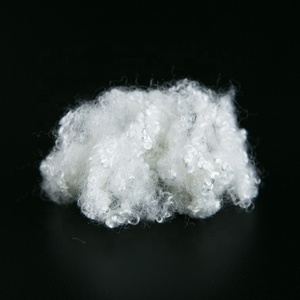
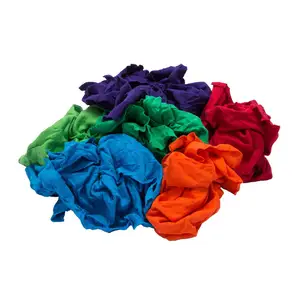


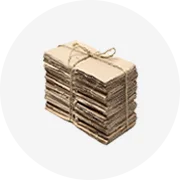
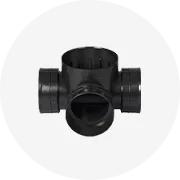
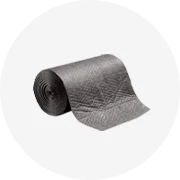
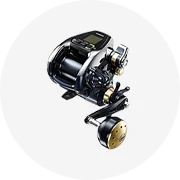








 浙公网安备 33010002000092号
浙公网安备 33010002000092号 浙B2-20120091-4
浙B2-20120091-4